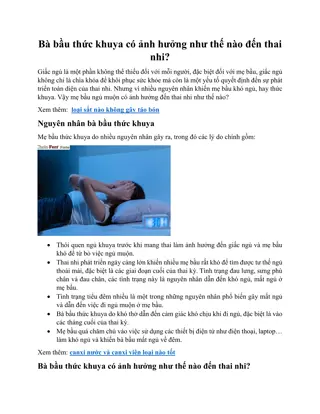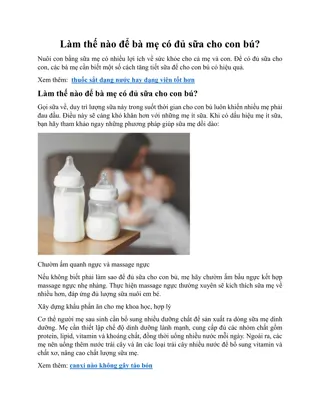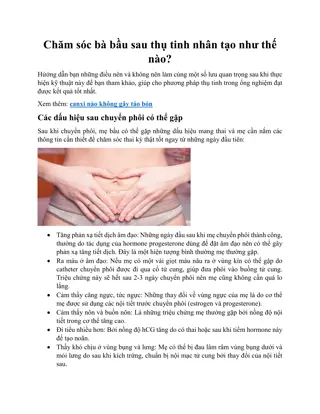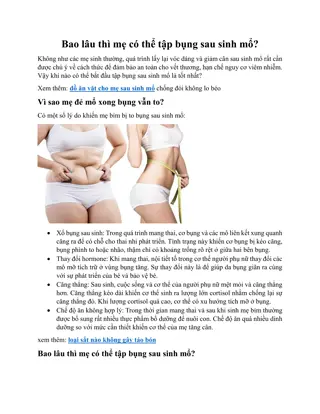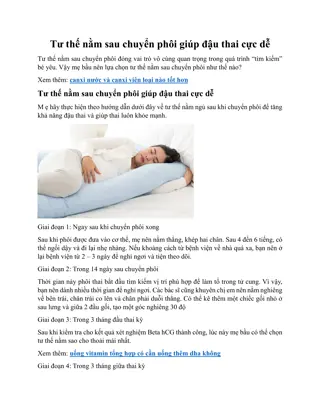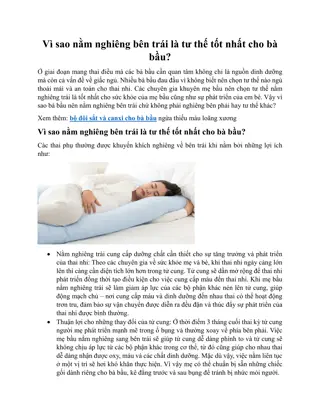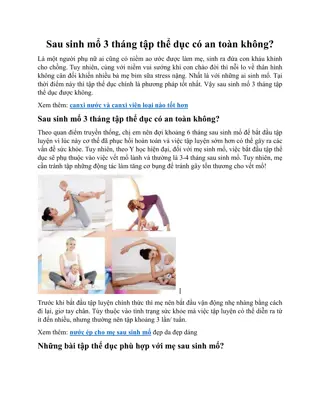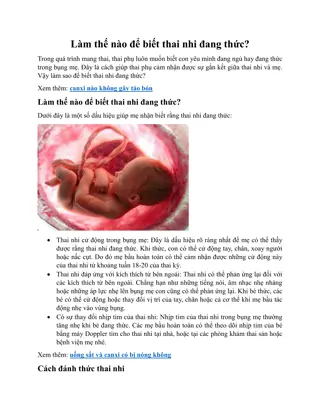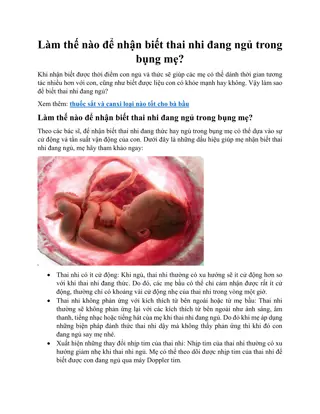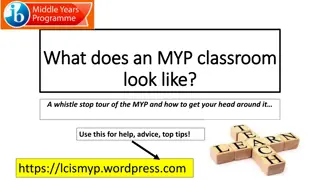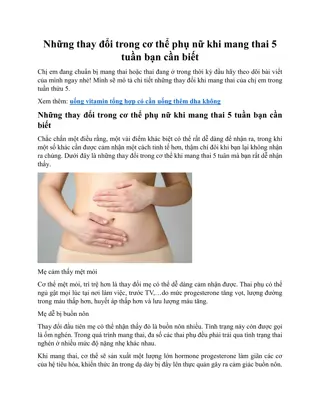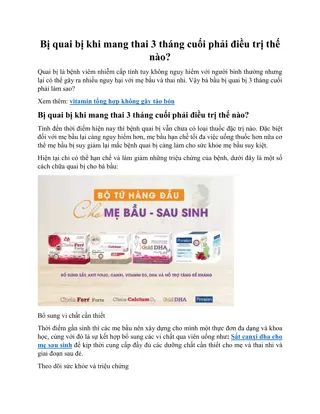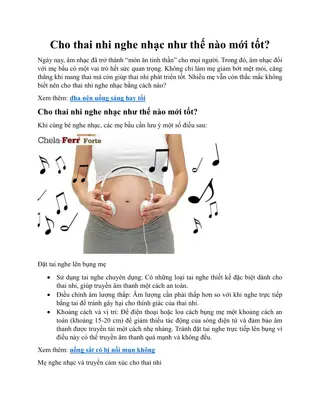ASSESSMENT IN THE MYP
Assessment in the MYP involves evaluating students' abilities through tasks like tests, essays, presentations, and experiments. It aims to support learning, deepen understanding, and develop critical thinking. The assessment types include formative and summative methods, and its key goals are to provide feedback for improvement, guide teaching, and promote student success.
Download Presentation

Please find below an Image/Link to download the presentation.
The content on the website is provided AS IS for your information and personal use only. It may not be sold, licensed, or shared on other websites without obtaining consent from the author.If you encounter any issues during the download, it is possible that the publisher has removed the file from their server.
You are allowed to download the files provided on this website for personal or commercial use, subject to the condition that they are used lawfully. All files are the property of their respective owners.
The content on the website is provided AS IS for your information and personal use only. It may not be sold, licensed, or shared on other websites without obtaining consent from the author.
E N D
Presentation Transcript
ASSESSMENT IN THE MYP A SHORT GUIDE FOR PARENTS The International Academy of Amman
WHAT IS ASSESSMENT? The evaluation of the ability of a student usually using an assessment task Examples: Test Essay Presentation Experiment Experiment Report Artwork Performance Product 2
INTERNAL / CONTINUOUS / EXTERNAL Continuous Takes places throughout the programme. Internal Tasks, strategies and tools are designed, developed and applied by IAA teachers. External G10 only Not in 2020 E-assessments: a) E-coursework / E- portfolio b) Online examinations 3
AIMS OF ASSESSMENT IN THE MYP To support and encourage student learning by providing feedback on the learning process To promote a deep understanding of subject content by supporting students in their inquiries set in real-world contexts To promote the development of critical and creative- thinking skills To inform, enhance and improve the teaching process 4
TYPES OF ASSESSMENT Formative ongoing provides information to guide teaching and improve student performance. Information is unlikely to be used for deriving grades Excellent, Very Good, Good, Satisfactory, Needs Improvement They should be short! Summative culminating assessment for a unit, term or course of study provides information on a student s achievement level against specific objectives. 5
MOST IMPORTANT PURPOSE TO SUPPORT STUDENT LEARNING For the student: gathering and analysis of information feedback to students provide a basis for practice For the teacher: identify student learning needs Plan accordingly 7
OBJECTIVES Specific targets that are set for learning in the subject by the IB Define what the student should be able to accomplish as a result of studying the subject
OBJECTIVES Subject Language & Literature Published by the IB A B C D Analysing Organising Producing Text Using Language Language Acquisition Comprehending Spoken and Visual Text Comprehending Written and Visual Text Communicating in Response to Spoken, Written and Visual Text Communicating Using Language in Spoken and Written Form Individuals and Societies Sciences Knowing and Understanding Knowing and Understanding Investigating Critical Thinking Inquiring and Designing Processing and Evaluating Reflecting on the Impacts of Science Mathematics Knowing and Understanding Investigating Patterns Communicating Applying Mathematics in Real-Life Contexts Responding Arts Knowing and Understanding Developing Skills Thinking Creatively Design Inquiring and Analysing Developing Ideas Creating the Solution Evaluating Physical and Health Education Knowing and Understanding Planning for Performance Applying and Performing Reflecting and Improving Performance
OBJECTIVES Subject Language & Literature Published by the IB A B C D Analysing Organising Producing Text Using Language Language Acquisition Comprehending Spoken and Visual Text Comprehending Written and Visual Text Communicating in Response to Spoken, Written and Visual Text Communicating Using Language in Spoken and Written Form Individuals and Societies Sciences Knowing and Understanding Knowing and Understanding Investigating Critical Thinking Inquiring and Designing Processing and Evaluating Reflecting on the Impacts of Science Mathematics Knowledge and Understanding Investigating Patterns Communicating Applying Mathematics in Real-Life Contexts Responding Arts Knowledge and Understanding Developing Skills Thinking Creatively Design Inquiring and Analysing Developing Ideas Creating the Solution Evaluating Physical and Health Education Knowing and Understanding Planning for Performance Applying and Performing Reflecting and Improving Performance
OBJECTIVE D: REFLECTING ON THE IMPACT OF SCIENCE By the end of Year 5 (G10), students should be able to: i. explain the ways in which science is applied and used to address a specific problem or issue ii. discuss and evaluate the various implications of using science and its application to solve a specific problem or issue iii. apply scientific language effectively iv. document the work of others and sources of information used. Published by the IB
How is student achievement of the final objectives measured (or assessed)? Published Assessment Criteria
Criterion Based Assessment Level 6 Level 2
ASSESSMENT CRITERIA Subject A Language & Literature (32) Published by the IB B C D Analysing (8) Organising (8) Producing Text (8) Using Language (8) Language Acquisition (32) Comprehending Spoken and Visual Text (8) Comprehending Written and Visual Text (8) Communicating in Response to Spoken, Written and Visual Text (8) Communicating (8) Using Language in Spoken and Written Form (8) Individuals and Societies (32) Sciences (32) Knowing and Understanding (8) Knowing and Understanding (8) Investigating (8) Critical Thinking (8) Reflecting on the Impacts of Science (8) Applying Maths in Real-Life Contexts (8) Responding (8) Inquiring and Designing (8) Processing and Evaluating (8) Mathematics (32) Knowing and Understanding (8) Investigating Patterns (8) Communicating (8) Arts (32) Knowing and Understanding (8) Developing Skills (8) Thinking Creatively (8) Design (32) Inquiring and Analysing (8) Developing Ideas (8) Creating the Solution (8) Evaluating (8) Physical and Health Education (32) Knowing and Understanding (8) Planning for Performance (8) Applying and Performing (8) Reflecting and Improving Performance (8)
ASSESSMENT CRITERIA Subject A Language & Literature (32) Published by the IB B C D Analysing (8) Organising (8) Producing Text (8) Using Language (8) Language Acquisition (32) Comprehending Spoken and Visual Text (8) Comprehending Written and Visual Text (8) Communicating in Response to Spoken, Written and Visual Text (8) Communicating (8) Using Language in Spoken and Written Form (8) Individuals and Societies (32) Sciences (32) Knowing and Understanding (8) Knowing and Understanding (8) Investigating (8) Critical Thinking (8) Reflecting on the Impacts of Science (8) Applying Maths in Real-Life Contexts (8) Responding (8) Inquiring and Designing (8) Processing and Evaluating (8) Mathematics (32) Knowledge and Understanding (8) Investigating Patterns (8) Communicating (8) Arts (32) Knowledge and Understanding (8) Developing Skills (8) Thinking Creatively (8) Design (32) Inquiring and Analysing (8) Developing Ideas (8) Creating the Solution (8) Evaluating (8) Physical and Health Education (32) Knowing and Understanding (8) Planning for Performance (8) Applying and Performing (8) Reflecting and Improving Performance (8)
CRITERION D: REFLECTING ON THE IMPACT OF SCIENCE Achieve- ment Level Level Descriptor Year 5 student is able to: 1-2 i. outline the ways in which science is used to address a specific problem or issue ii. outline the implications of using science to solve a specific problem or issue, interacting with a factor iii. apply scientific language to communicate understanding but does so with limited success iv. document sources, with limited success. 3-4 i. summarize the ways in which science is applied and used to address a specific problem or issue ii. describe the implications of using science and its application to solve a specific problem or issue, interacting with a factor iii. sometimes apply scientific language to communicate understanding iv. sometimes document sources correctly. 5-6 i. describe the ways in which science is applied and used to address a specific problem or issue ii. discuss the implications of using science and its application to solve a specific problem or issue, interacting with a factor iii. usually apply scientific language to communicate understanding clearly and precisely iv. usually document sources correctly. 7-8 i. explain the ways in which science is applied and used to address a specific problem or issue ii. discuss and evaluate the implications of using science and its application to solve a specific problem or issue, interacting with a factor iii. consistently apply scientific language to communicate understanding clearly and precisely iv. document sources completely. Published by the IB
CRITERION D: REFLECTING ON THE IMPACT OF SCIENCE Achieve- ment Level 7-8 Level Descriptor Year 5 student is able to: i.explain the ways in which science is applied and used to address a specific problem or issue ii. discuss and evaluate the implications of using science and its application to solve a specific problem or issue, interacting with a factor iii. consistently apply scientific language to communicate understanding clearly and precisely iv. document sources completely. Published by the IB
ASSESSING STUDENTS WORK Task-specific rubrics are provided Students note the highest level as the one to strive for Teacher assesses the work, starting with the descriptor for the lowest level, until reaching a descriptor for a level of achievement the work has not attained
SAMPLE SCIENCE TASK: WATER CRISIS How can science be applied to address the water crisis in Jordan? Discuss the factors that have contributed to the water crisis in the Jordan. Choose 1 method to explain how science is applied to solve the water crisis. Describe the positive and negative effects of the above method in solving the water crisis. Document your sources according to MLA format
TASK-SPECIFIC RUBRIC 1-2 I stated the method that can be used to address the water problem in Jordan. Jordan. I stated the advantages or disadvantages of the method to solve the water problem problem 3-4 5-6 7-8 I outlined the method that can be used to address the water problem in I summarized the method that can be used to address the water problem in Jordan. I described the advantages or disadvantages of the method to solve the water problem I described how this method interacts with one of the following factors: social, economic, political, environmental, cultural or ethical. Most of the time, I used scientific language to communicate my understanding clearly and precisely. Most of the time, I documented sources correctly using MLA format. I described the method that can be used to address the water problem in Jordan. I discussed the advantages and disadvantages of the method to solve the water problem I discussed how this method interacts with one of the following factors: social, economic, political, environmental, cultural or ethical. I consistently used scientific language to communicate my understanding clearly and precisely. I documented sources correctly using MLA format. I outlined the advantages or disadvantages of the method to solve the water I stated how this method interacts with one of the following factors: social, economic, political, environmental, cultural or ethical. I used scientific language to communicate my understanding clearly and precisely but with limited success. I documented sources but with limited success. I outlined how this method interacts with one of the following factors: social, economic, political, environmental, cultural or ethical. I sometimes used scientific language to communicate my understanding clearly and precisely. I sometimes documented sources correctly using MLA format.
TASK-SPECIFIC RUBRIC 1-2 I stated the method that can be used to address the water problem in Jordan. Jordan. I stated the advantages or disadvantages of the method to solve the water problem problem 3-4 5-6 7-8 I outlined the method that can be used to address the water problem in I summarized the method that can be used to address the water problem in Jordan. I described the advantages or disadvantages of the method to solve the water problem I described how this method interacts with one of the following factors: social, economic, political, environmental, cultural or ethical. Most of the time, I used scientific language to communicate my understanding clearly and precisely. Most of the time, I documented sources correctly using MLA format. I described the method that can be used to address the water problem in Jordan. I discussed the advantages and disadvantages of the method to solve the water problem I discussed how this method interacts with one of the following factors: social, economic, political, environmental, cultural or ethical. I consistently used scientific language to communicate my understanding clearly and precisely. I documented sources correctly using MLA format. I outlined the advantages or disadvantages of the method to solve the water I stated how this method interacts with one of the following factors: social, economic, political, environmental, cultural or ethical. I used scientific language to communicate my understanding clearly and precisely but with limited success. I documented sources but with limited success. I outlined how this method interacts with one of the following factors: social, economic, political, environmental, cultural or ethical. I sometimes used scientific language to communicate my understanding clearly and precisely. I sometimes documented sources correctly using MLA format.
BEST FIT FOR REPORTING For each subject, each criterion should be assessed a minimum of two times over the year Teacher uses professional judgement to determine the final level of the student at that point in time based on the summative assessments taken. If this is not clear, then we may look to formative assessments to help guide decision making. NOT an arithmetical average NO fractions whole numbers only All of the criterion levels for that subject are added together The total is converted to a 1 7 grade using a grade level boundary table 23
Task Name & Description Criterion (A) Criterion (B) Criterion (C) 6 Criterion (D) 1. WWI 2. A presentation on Trench Warfare An analytical essay on a topic in 5 7 5 3. An end of unit test: Causes of WWI 7 6 4. A Propaganda Poster during Communist China 5. An essay on reasons for the Bolshevik Revolution 6. A pamphlet spreading awareness on environment and sustainable energy. 6 7 4 7 7 6 7. An end of Unit Test: Tourism 6 8 8. Producing a model of a Medieval Castle Best- Fit/ Final Judgment Total out of (32) Total out of (7) 5 6 24
Task Name & Description Criterion (A) Criterion (B) Criterion (C) 6 Criterion (D) 1. WWI 2. A presentation on Trench Warfare An analytical essay on a topic in 5 7 5 3. An end of unit test: Causes of WWI 7 6 4. A Propaganda Poster during Communist China 5. An essay on reasons for the Bolshevik Revolution 6. A pamphlet spreading awareness on environment and sustainable energy. 6 7 4 7 7 6 7. An end of Unit Test: Tourism 6 8 8. Producing a model of a Medieval Castle Best- Fit/ Final Judgment Total out of (32) Total out of (7) 5 6 6 6 7 6 25 25
Task Name & Description Criterion (A) Criterion (B) Criterion (C) 6 Criterion (D) An analytical essay on a topic in Grade Boundary Guidelines 1. WWI 2. A presentation on Trench Warfare 1 5 7 5 1-5 3. An end of unit test: Causes of WWI 2 7 6 6-9 4. A Propaganda Poster during Communist China 5. An essay on reasons for the Bolshevik Revolution 6. A pamphlet spreading awareness on environment and sustainable energy. 5 6 7 3 10-14 4 7 4 15-18 7 6 19-23 7. An end of Unit Test: Tourism 6 24-27 6 8 8. Producing a model of a Medieval Castle Best- Fit/ Final Judgment Total out of (32) Total out of (7) 5 6 7 28-32 6 6 7 6 25 6 26
A GRADE 6 (VERY GOOD) A understanding of the required knowledge and skills, and the ability to apply them in a wide variety of situations. Consistent evidence of analysis, evaluation is shown where appropriate. The student generally demonstrates originality and insight. consistent and thorough synthesis and Page 27
GENERAL GRADE DESCRIPTORS Grade 1 Minimal achievement in terms of the objectives. 2 Very limited achievement against all the objectives. The student has difficulty in understanding the required knowledge and skills and is unable to apply them fully in normal situations, even with support. 3 Limited achievement against most of the objectives, or clear difficulties in some areas. The student demonstrates a limited understanding of the required knowledge and skills and is only able to apply them fully in normal situations with support. 4 A good general understanding of the required knowledge and skills, and the ability to apply them effectively in normal situations. There is occasional evidence of the skills of analysis, synthesis and evaluation. 5 A consistent and thorough understanding of the required knowledge and skills, and the ability to apply them in a variety of situations. The student generally shows evidence of analysis, synthesis and evaluation where appropriate and occasionally demonstrates originality and insight. 6 A consistent and thorough understanding of the required knowledge and skills, and the ability to apply them in a wide variety of situations. Consistent evidence of analysis, synthesis and evaluation is shown where appropriate. The student generally demonstrates originality and insight. 7 A consistent and thorough understanding of the required knowledge and skills, and the ability to apply them almost faultlessly in a wide variety of situations. Consistent evidence of analysis, synthesis and evaluation is shown where appropriate. The student consistently demonstrates originality and insight and always produces work of high quality. Descriptor 1 Very Poor Poor Mediocre Satisfactory Good Very good Excellent 2 3 4 5 6 7
APPROACHES TO LEARNING SKILLS Reported on for each reporting period in terms of Excellent, Very Good, Good, Satisfactory and Needs Improvement. Communication Exchanging thoughts, messages and information effectively through interaction Reading, writing and using language to gather and communicate information Social Working effectively with others Self-management Managing time and tasks effectively Managing state of mind Research Finding, interpreting, judging and creating information Interacting with media to use and create ideas and information Thinking Analysing and evaluating issues and ideas Generating novel ideas and considering new perspectives 29
PROGRESS REPORTS Progress Report 1 Best fit of Aug to Oct Approaches to Learning Skills Not all criteria may have been assessed N/A will be placed in the relevant box. Teacher comment Grade out of 7 Progress Report 2 Best fit of Aug to March Approaches to Learning Skills Achievement level for each criterion Teacher comment Grade out of 7 30
SEMESTER REPORT CARD Semester 1 Best fit of Aug to Jan End of Year Best fit of Aug to June Both include achievement level for each criterion and rating of Approaches to Learning Skills 31









